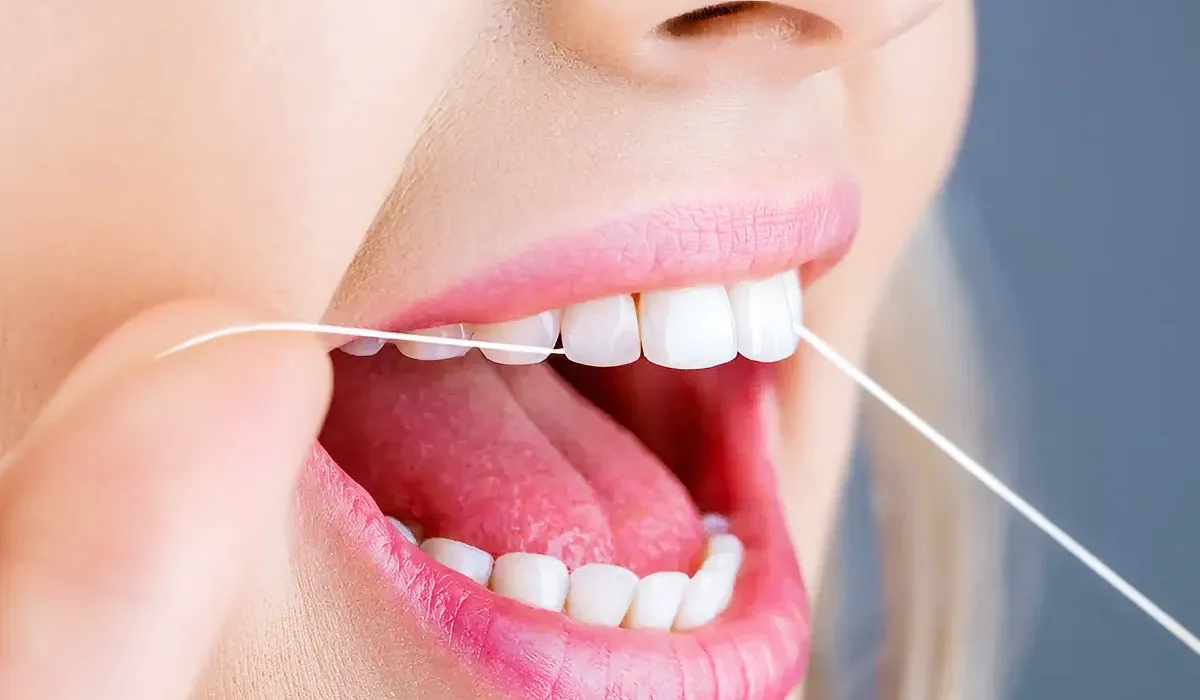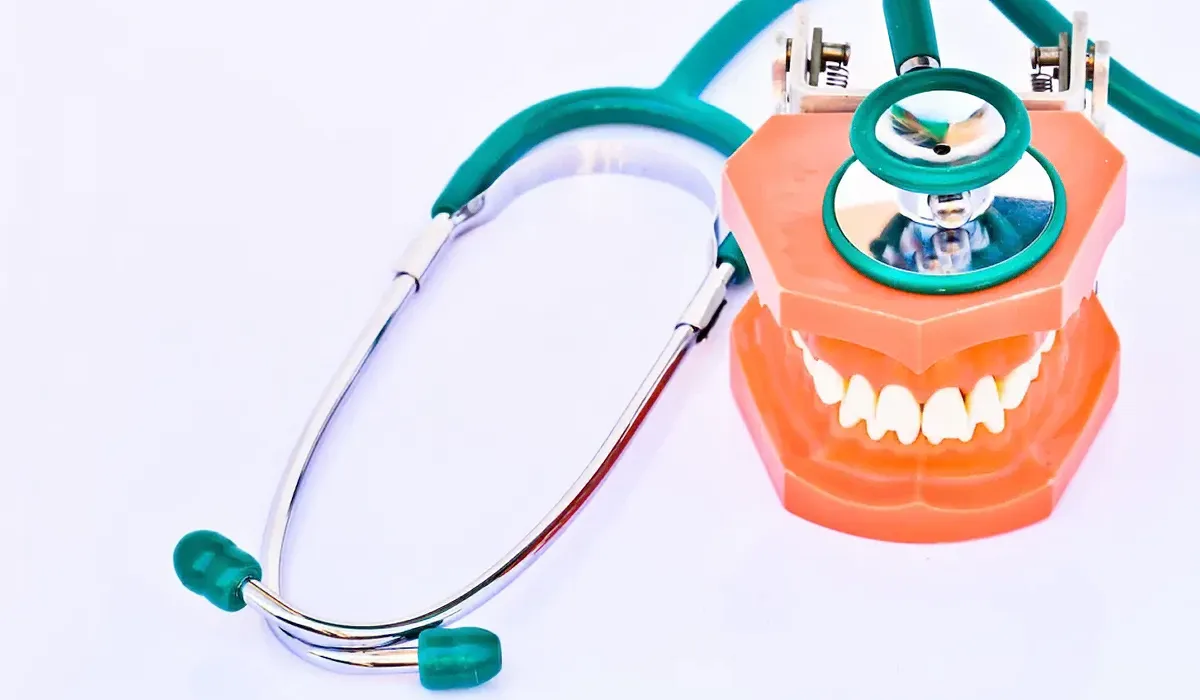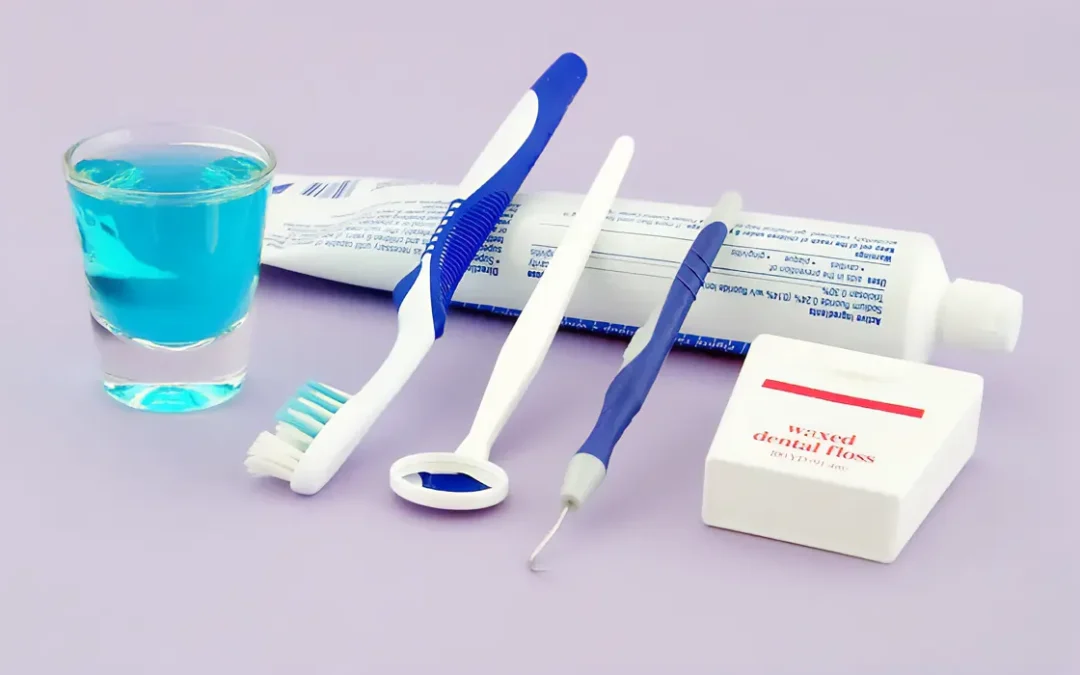What Causes Cavities to Form?
Plaque is a sticky film of bacteria that forms constantly on your teeth. Plaque is formed when bacteria digest sugars from foods and beverages, causing acids to erode enamel. Streptococcus Mutans is the most common bacteria that causes cavities. Acid exposure causes the enamel to erode and decay, resulting in cavities and gum disease.
Early cavities can appear as white spots on teeth. When a cavity is not removed at the correct time, it will develop into a dark brown or black spot.
There are several risk factors associated with cavities.
Risks of Untreated Cavities
While early enamel demineralization may be remineralized, a cavity will worsen with time if left untreated. You may feel increasing pain and sensitivity as the cavity gets bigger.
Delaying treatment increases your risk of developing an abscess. An abscess is a pocket filled with pus that’s caused by bacteria in the pulp of the tooth. Abscesses can cause severe pain, tooth sensitivity and swelling. It is possible for the infection to spread beyond the tooth and into other facial regions. If an abscess develops, it is important to seek emergency dental care.
Delaying cavity treatment may also increase future dental costs. A simple filling can repair a small hole, but larger holes often require more expensive and complex procedures, such as root canals or crowns. It is always advisable to fill cavities early.
The 5 Tips to Reduce Tooth Decay
Mastering Brushing
Brushing your teeth properly is the foundation of good dental hygiene. Brushing teeth helps remove plaque, and food particles and also prevents harmful bacteria from building up. Brushing your teeth properly is essential to effectively fight tooth decay.
Guide for Proper Brushing
1. Select the right toothbrush. Choose a toothbrush with soft bristles that will effectively clean your teeth, without damaging the enamel or the gums.
2. Fluoride has protective properties which strengthen the enamel of your teeth. Use a small amount of fluoride on your toothbrush.
3. Position your brush: Hold the toothbrush at a 45-degree angle to the gum line.
4. Brush your teeth gently, but thoroughly. Use circular movements to clean both the outer and inner surfaces. Special attention should be paid to the back teeth, and other areas that are frequently neglected.
5. Brushing your tongue will help to eliminate bacteria and freshen your breath.
6. Brush your teeth twice daily for at least 2 minutes.
How often you should brush your teeth to prevent tooth decay
It is important to brush your teeth at least twice daily in order to prevent decay and maintain good oral health. Brushing your teeth twice a day is recommended. Once in the morning, and again before going to bed. If you eat sugary or acidic food throughout the day it is beneficial to brush after each meal.
Flossing facts for a decay-free smile
While brushing your teeth is important, it’s also important to floss. By flossing, you can remove food and plaque from the areas between teeth and the gum line that brushing alone often misses.

Tips on Flossing
- Select the right floss. There are different types of dental floss, including waxed or unwaxed floss. Select a floss that is comfortable to use and cleans effectively between your teeth.
- Use sufficient floss: Take about 18 inches of tinsel and wind it around the middle finger, leaving only a few inches between your hands.
- Slide your floss gently. Insert floss between teeth with a gentle back-and-forth motion. Take care not to snap your floss against your gums.
- Curve your floss: Slide the floss up and down around each tooth to remove plaque.
- Use the clean floss section. As you go from one tooth to the next, unwind your used floss. Then wind the new section around your finger.
- Rinse out your mouth after flossing: Rinse thoroughly your mouth to remove any debris.
You can reduce your risk of gum disease and tooth decay by regularly flossing.
Diet and Decay: The Lowdown
Diet plays an important role in maintaining good oral health. Some foods and drinks, especially those that are high in acidity and sugar, can cause tooth decay. Understanding the relationship between diet and dental health will help you prevent decay.
Sugar is the primary cause of tooth decay. Sugary food and drinks feed the bacteria that live in your mouth, which then produce acids. These acids cause decay by attacking the enamel of your teeth.
Citrus fruits and carbonated beverages can also erode the enamel of teeth, increasing their susceptibility to decay.
Making smart food choices will reduce your risk of developing tooth decay. Consider these tooth-friendly nutritional tips and alternatives:
- Limit your sugary and acidic food consumption: Cut back on sugary snacks, acidic fruit, and sodas. Choose healthier alternatives, such as fruits, vegetables and unsweetened drinks.
- Pick tooth-friendly snacks. Snacks that promote dental health include cheese, yogurt, nuts and raw vegetables.
- Drink water immediately after meals. Drinking water helps you to wash away food particles, and neutralize acids in your mouth.
- Maintain a balanced diet: Make sure your meals contain a variety of nutrients such as calcium, phosphorus and vitamins A and D, which are important for healthy teeth and gums.
You can reduce the risk of tooth decay by making educated dietary decisions and including tooth-friendly options in your meals.
Get Regular Dental Check-ups

Regular dental examinations are just as important as maintaining good oral health at home. Professional check-ups and cleanings can detect tooth decay early and prevent further damage.
- Routine dental check-ups are important
Your dentist will examine your teeth and your gums during a check-up to look for signs of decay. The dentist will perform a professional cleaning to remove tartar and plaque buildup that can lead to tooth decay.
Your dentist can identify and treat decayed teeth before they progress, saving you pain, discomfort and expensive dental procedures.
- Dental check-ups
In general, it is recommended that you visit your dentist for a routine cleaning and checkup every six months. Your dentist may recommend more frequent visits, however, if you are at higher risk for tooth decay or have a dental history.
You can prevent tooth decay by prioritising regular dental examinations.
The Fluoride Protective Powers
Fluoride, a naturally occurring mineral, is essential in the prevention of tooth decay. It makes tooth enamel more resistant to acid and bacteria that cause decay.
- The Fluoride Protective Powers
Fluoride is available in many sources, such as dental products and water fluoridation. Fluoride can be incorporated into your oral care routine to protect against tooth decay.
- Fluoride Dental Products
Fluoride-containing toothpaste and mouthwashes are a great way to incorporate this mineral into oral care.
You can reduce your risk of decay by incorporating fluoride into your oral hygiene routine. This could be done through the use of dental products, or even community water fluoridation.
Conclusion
A proactive approach is necessary to maintain optimal oral hygiene and prevent decay. Fluoride, a balanced diet and using simple yet effective habits like the correct brushing technique can reduce your risk of dental problems. Regular dental checkups are crucial to catching issues early and providing timely treatment. They also prevent the need for complex procedures in the future. By following these strategies consistently, you can maintain healthy gums and teeth for a lifetime. Don’t be afraid to seek out professional dental care when needed. Your dentist can offer you personalized advice and help maintain optimal oral health. Prioritizing oral health, and incorporating these practices into your daily routine will not only help you protect your teeth, but also give you the confidence that comes with a beautiful, healthy smile.

